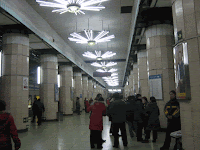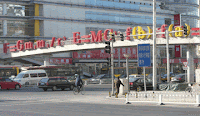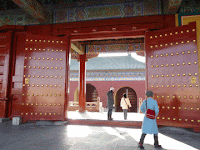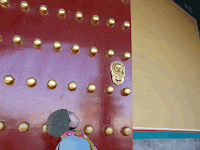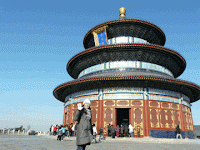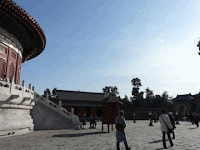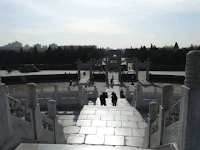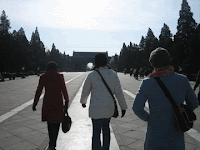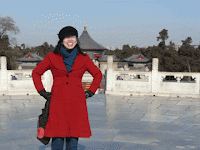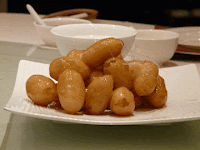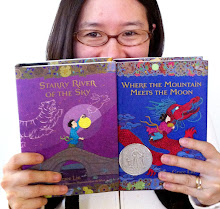On Wednesday, we took an out-of-Beijing expedition to
Chaundixia, a tiny mountain village dating from Ming dynasty. It is incredibly well preserved, a "living museum" of architecture from that time period. It is such a good example of an old village, that a major portion of the village's income comes from movie studios--it was the setting for a recent Jet Li movie.
And I must take full responsibility for this excursion. My new novel has some passages that take place in an Asian rural village, and I felt that this was too good of an opportunity to pass up to see one and take good photo reference. I mean, when would be the next time I could see this, right?
But one step out of the bus, and I was frozen with guilt. Oh, maybe that was the VERY VERY COLD air. Yes, I know I've complained about
the cold before, but I take it back. This was definitely the worst--biting, freezing, and mind-numbing. Though my mind was able to process one thing: being in the mountains is colder than
being by a lake.
So when our tour guide told us that one interpretation of
Chaundixia was "oven", as it was to symbolize how the village was a warm haven from the cold, I was a bit skeptical. It probably was balmy back in the days, after traveling through the cold on foot or horse...but getting out of a toasty bus into the extreme freeze of the village seemed to make the name a bit ironic.
But, lucky for me the camera lens did not frost over(and I did worry about that) and we were able to stand the temperature long enough for me to take some photos. There were many interesting tidbits the shivering guide told us about (I have a feeling she gave us the condensed version) but my ice-cube brain could only focus on photographing.


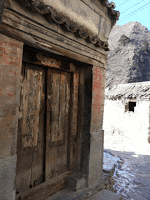


We finished up by eating at a villager's house. Yes, people still live here. There are about 70 villagers all together and if you want something to eat, you simply knock on someone's door and ask if they want food customers. Many of them offer overnight hospitality as well.
And the rural cuisine was quite tasty. We spent more time eating then we had touring the entire village. But by the end of the meal, everyone agreed that the village was an interesting experience that we were glad to have seen.


See how that last picture is blurry? That is because the guide who was taking the picture was shivering from the cold.







